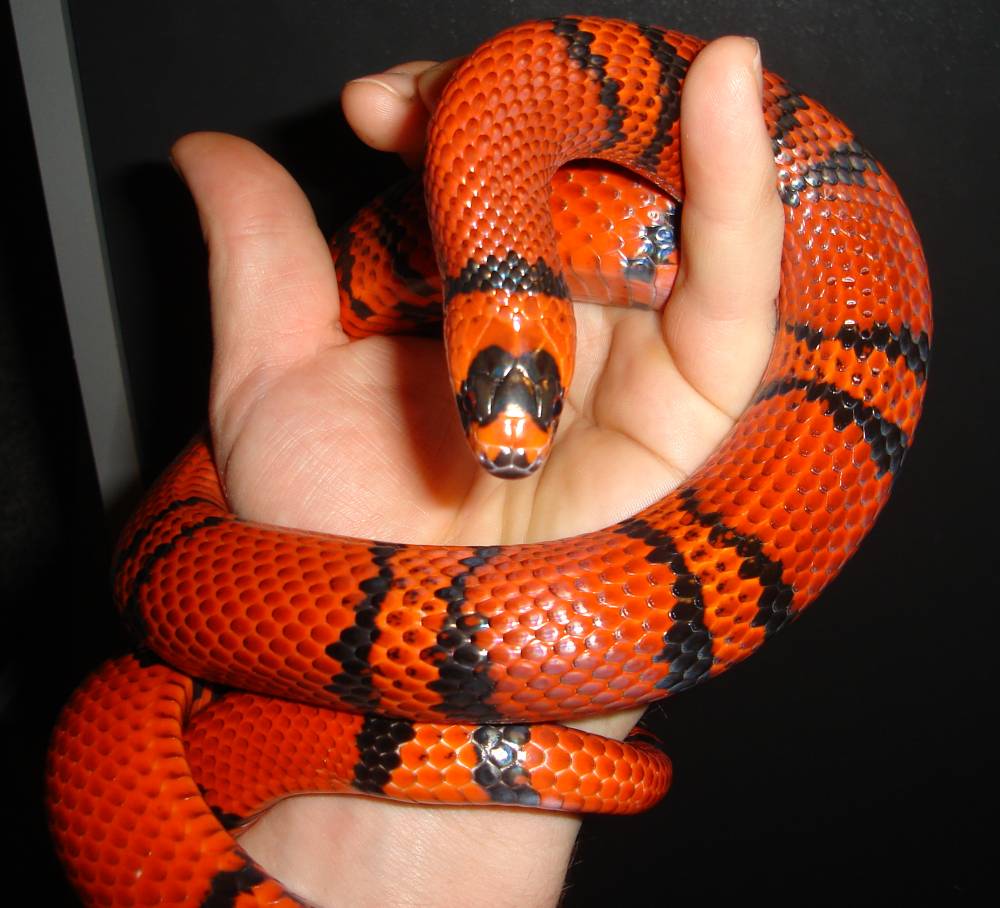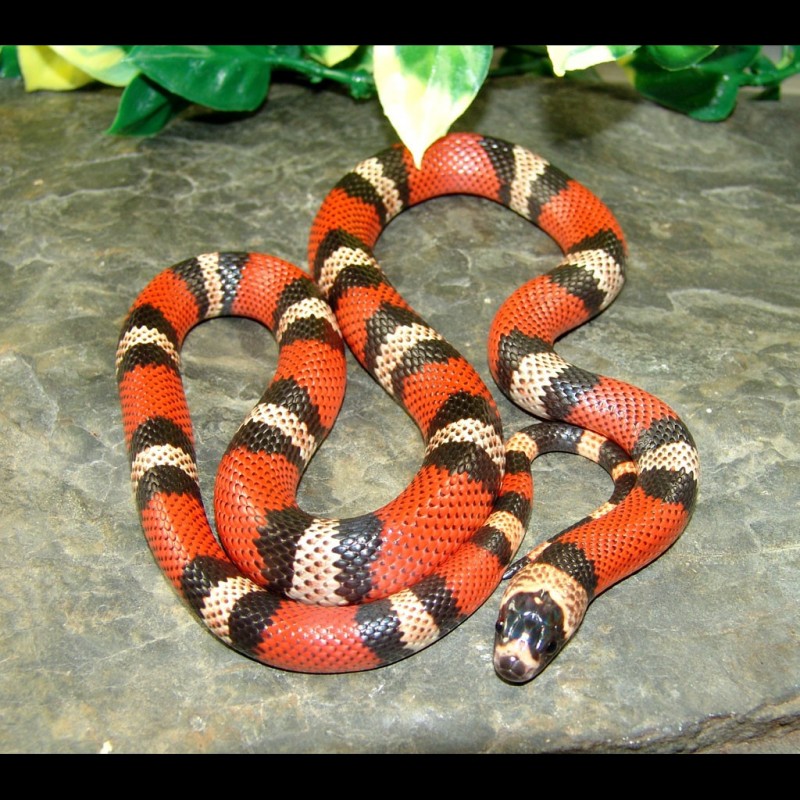

Regular handling will eventually tame and calm the snake. Pay attention to this when handling your hose to avoid unnecessary injury. The honduras can be defensive, especially in the enclosure. This species is most active at dusk and in the evening. Today, virtually all Honduras milk snakes that are kept come from many generations of offspring of animals kept in captivity and this has resulted in active, curious and quiet snakes. They will usually try to get away but may bite if fixed or not held properly. Snakes caught in the wild can be very shy and hide when disturbed. They like to hide in the forest cover between fallen branches, leaves and stems. In addition, ventilation is required to keep the air fresh and it is advisable to place the stay out of the bright sun and as vibration-free as possible. High humidity does not mean a wet surface. The average humidity should be around 60 to 70%. Offer a substrate they can dig in, such as aspen bedding or coconut-based soil, such as coir or peat. Keep this in mind when setting up an enclosure for these snakes. The temperatures here are moderate and there is little difference between day and night temperatures, the humidity is relatively high. These are true bottom dwellers and naturally live among fallen leaves and branches in the bottom of the rainforest. Ground cover: Newspapers, bark, sand or beech chips Laying surface: 0.5 m2 and 1 raised platform per hose on which the hose can lie with its entire body. After multiple handling, the hose will get used to it and become less defensive. The snake is not poisonous, but it is better to avoid bite marks. The young snakes or snakes that have not been handled before can be defensive and can attack. Finally, do not handle your snake when it is molting and do not handle the animal when it has just eaten. Also make sure your hands are washed and don't smell like food. Never squeeze your hose while handling as their vertebrae are fragile and can break easily. To get the snake used to contact with people, it is advisable to pick up and handle the animal from time to time, but how do you handle a snake, make sure you support the animal at the beginning of the body and halfway to the ends of the body. In addition, to prevent the build-up of bacteria, the entire accommodation must be cleaned and disinfected a few times a year.

To achieve this, the accommodation will have to be cleaned regularly.

and will help to keep the humidity level in the tank, the ideal humidity is between 50% and 70%.Ī hygienic living environment is important to keep your hose healthy. The water bowl in the enclosure must be large enough so that the hose can lie in it in its entirety. The ideal prey is about as wide as the widest part of the snake. Feed the rat snake separately, because when two snakes catch the same prey they can injure each other and sometimes eat each other themselves. If you do go for live food, you must supervise the feeding.

This ensures that your hand is not associated with food and prevents your snake from grabbing your hand while feeding. In addition, it is recommended to offer the food animal with a pair of tongs and to feed your snake outside the enclosure. This is more practical and prevents the food animal from injuring your snake. There is the choice of offering the prey alive or dead. In captivity this species does extremely well on small mammals such as mice and young rats or mice Young animals sometimes also feed on small amphibians. Sometimes they are almost black with a faint pattern.Įxperience: average to experienced snake keeperįood: These snakes naturally have a very varied diet consisting of small mammals as well as a variety of lizards and snakes. The melanin level increases as the snakes mature. There is a small black dot at the end of each scale. Two natural variations are known, the well-known "tricolor" with the classic red-black-white-black band ring and the 'bicolor' also called 'mandarin' where the normally white band is orange to red in color. The head is broad and slightly separated from the neck. Lampropeltis triangulum hondurensis (Honduras milk snake)


 0 kommentar(er)
0 kommentar(er)
